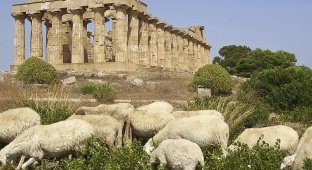Sheep are notoriously skittish and nervous animals and can panic easily. But some mysterious provocation could cause thousands of sheep to lose their minds at once. And this question has puzzled researchers for years. 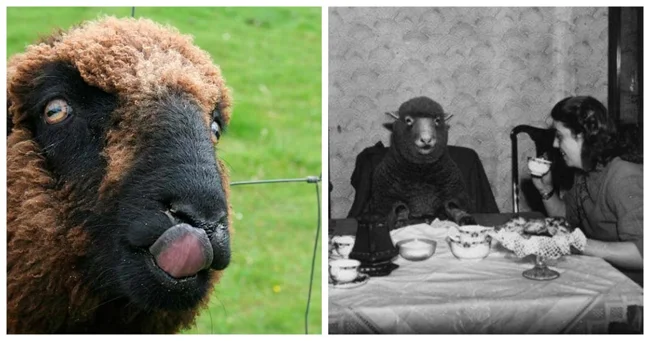
The first widely recorded sheep panic occurred on the night of November 3, 1888, in Oxfordshire. Around eight o'clock in the evening, tens of thousands of sheep in pastures around the town of Reading simultaneously went berserk. They broke out of their pens and ran out into the open fields, destroying property and wreaking havoc along the way. The following morning they were found scattered several kilometres from the paddocks, some of them gasping with terror under the fences, and many huddled together. 
In a letter to the editor of Hardwicke's Science-gossip, two local farmers described the incident, hoping that someone might be able to explain it:
I would like to draw attention to a remarkable circumstance that occurred in this area on the night of Saturday, November 3rd. At this time, which was towards eight o'clock, tens of thousands of sheep, collected in the large sheep-districts to the north, east, and west of Reading, were suddenly startled, leaping their pens, breaking loose from the hands of the shepherds, and running hither and thither; in fact, for some time there must have been a perfect stampede. Early on Sunday morning the shepherds found the animals under the hedges and in the roads, gasping as if with terror. The extent of the affair may be judged from the fact that all the large farmers from Wallingford on the one hand to Twyford on the other reported that their sheep had been similarly startled, and it is also to be remarked that, with two or three exceptions, the hill country north of the Thames appears to have been entirely affected. The night was very dark, and there were occasional flashes of lightning, but we do not think that this circumstance accounts for so extensive an effect. We would suggest that a minor earthquake could have been the cause, but perhaps you or one of the readers can offer a more satisfactory explanation. 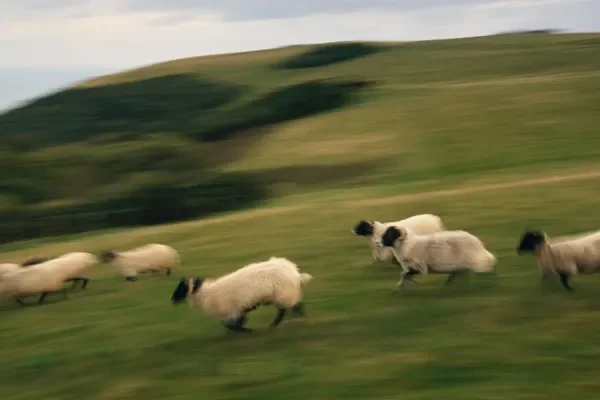
The possibility of a prank was ruled out, as the affected area was large and it would have been physically impossible for attackers to carry out a coordinated attack on several villages. Another explanation was some atmospheric phenomenon that scared the sheep to death. But no extraordinary meteorological phenomena such as a meteor shower or exploding meteor occurred that night, except that it was a "very dark night" with the possibility of a few flashes of lightning. But could darkness and lightning cause such a panic among the sheep? 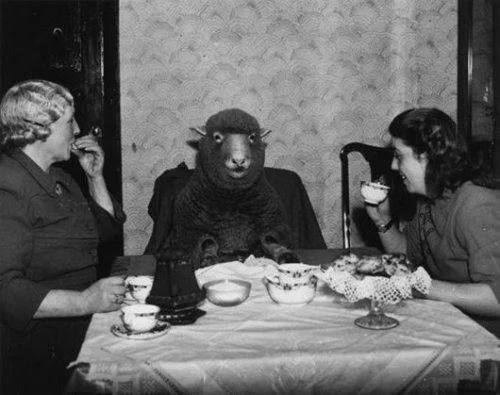
The following year, events were repeated near Reading, and four years later, in 1893, another panic was observed among the sheep. The epicentre of the attack was again in Oxfordshire, in the northern and midlands, but its effects were also felt in the surrounding counties.
On the night of December 4th, 1893, another very remarkable sheep panic occurred in the northern and midlands of Oxfordshire, and in the adjoining parts of Warwick, Gloucester and Berks. 
Some farmers, finding next morning that their sheep (nearly all the sheep in that part of the country at that time of year are in pens) had run away during the night, and observing that the state of the pens and the sheep themselves in some cases indicated that the sheep had been much frightened, naturally concluded that they had been disturbed by a dog. Some, finding that the sheep showed no signs of uneasiness, concluded that they had simply been frightened by a dog, or perhaps a fox; others called the police.
However, upon all the inquiries made by the police, either privately or by mentioning the fact to neighbors, it became clear that the panic had spread over a very large area of the country. And that unless all the dogs and foxes in the area had, by concerted action, risen at the same time and attacked hundreds of flocks on the same night, this attempt to explain the panic would have to be abandoned. After this, all the owners of the flocks attributed the panic to atmospheric phenomena or an earthquake. 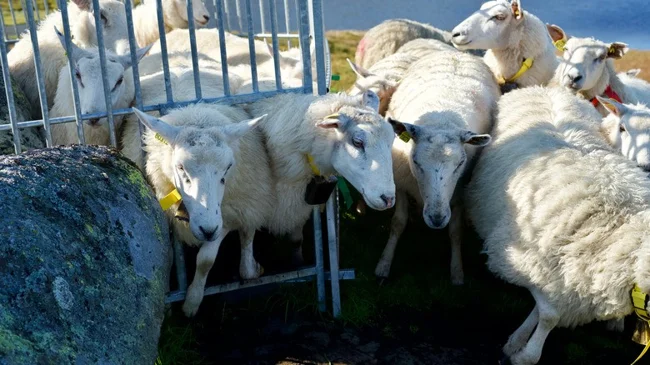
No one heard a meteor or earthquake, and there was nothing unusual about the weather. The idea that the darkness had disoriented the animals was discussed again. Naturalist Oliver Vernon Aplin took a special interest in the 1893 incident and launched a full investigation, making inquiries and interviewing eyewitnesses. 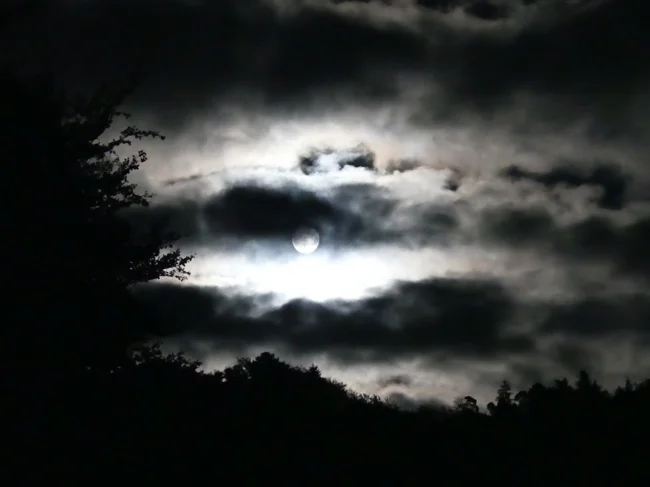
Aplin explained that animals can see perfectly well on normally dark nights, but on exceptionally dark nights, when nothing can be seen, they can feel trapped and helpless. Sheep crowded into small pens bump into each other or the feeder and become frightened. The first frightened sheep would start to hurry, which would lead to several collisions and start a domino effect. Soon the fear of the unknown would have caused the entire flock to run wild.
The panic was caused by a cloud that was moving so low that it seemed to touch the ground, so naturally the hilltops and high ground suffered the most. 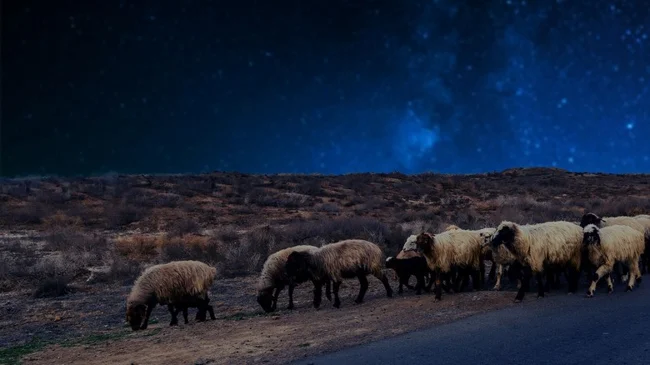
The mass hysteria caused serious damage to the region's economy. Many farmers went bankrupt, and the livestock market took several years to recover. The Great Sheep Panic was a classic example of how mass hysteria can arise from rumors and a lack of reliable information. It also shows how important it is to provide the public with verified data in a timely manner.
This case is often cited in psychology and sociology textbooks as an example of collective behavior caused by fear and misunderstanding.
Add your comment
You might be interested in:













